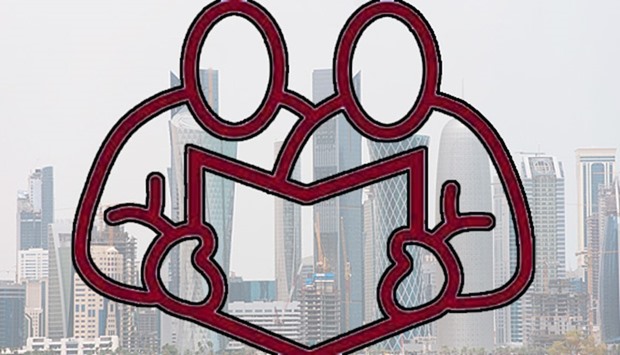"A growing young population (more than 30% below 25 years of age), high disposable income, and government support makes the country’s education sector an attractive proposition for private investments," Alpen Capital said in a report titled "GCC Education Industry."
The report highlighted that the government has allocated QR20.4bn for the education sector, accounting for 10.1% of the total budgeted expenditure in 2016.
In the last few decades, the Qatari government has introduced several reforms and made substantial investments in the education sector, with a vision to create a world-class system, it said.
Highlighting that the makeover of K-12 and the post-secondary education systems was among the key reforms that helped transform the country’s education landscape it said measures targeted at enhancing the K-12 education system include the introduction of independent schools, new curricula and assessment systems.
The post-secondary segment was strengthened by decentralising academic and administrative structures, improving the standards of teaching as well as research at Qatar University, and establishing Education City, which now hosts campuses of several international colleges and universities.
Finding that as per the 2015-2016 Global Competitiveness Report by World Economic Forum, Qatar was ranked second for the parameter of quality of higher education and training, and ninth for quality of primary education Alpen Capital said the country performed better than the other GCC nations in the competitiveness parameters for quality of education.
Nearly 840 K-12 schools in Qatar catered to more than 243,700 students in 2014, accounting for more than 90% of the students at all educational levels, it said, adding the number of students pursuing higher education crossed 25,000 during the year.
Overall student enrolments in the country grew at a compound annual growth rate of 7.2% during 2009 to 2014, registering the highest growth within the GCC, it said.
The tertiary segment recorded the fastest growth at 14%, while the larger segments - primary and secondary - grew at a moderate pace of about 6%-7%, it said, adding the gross enrolment rate (GER) was high at the primary and secondary education levels at 102.4% and 94.1%, respectively.
"With education being made mandatory from the age of three years, pre-primary schools in Qatar achieved a GER of 58.5% in 2014," the report said.
Qatar has a large number of private schools due to its high expatriate population. Of those enrolled at K-12 schools in Qatar in 2014, 139,870 students (57.4%) attended private schools.
Schools in Qatar are classified as independent schools (government-funded), international schools, community schools and private Arabic schools.
Although independent schools account for nearly half of the total schools operational in Qatar, the number of international schools has increased in the last few years.
"A growing expatriate community, increasing preference among nationals for international curriculum, and government incentives are enabling growth in the number of international schools," it said.
Tertiary level education is also growing rapidly in Qatar, with student enrolments having nearly doubled between 2009 and 2014, according to Alpen Capital.
Although focus on raising academic standards, introducing vocational and technical education streams, and nurturing a research culture has supported growth in enrolments, it found that the GER of 15.8% at the tertiary education segment in Qatar is the lowest in the GCC.
Finding that strengthening TVET segment as one of the focus areas of the country‘s education and training strategy (2011-2016) it said the strategic plan to develop the vocational education sector includes setting up an organisational model and quality assurance system, aligning programmes with the needs of the job market, improving perceptions about the TVET programmes and reducing dropout rates.

